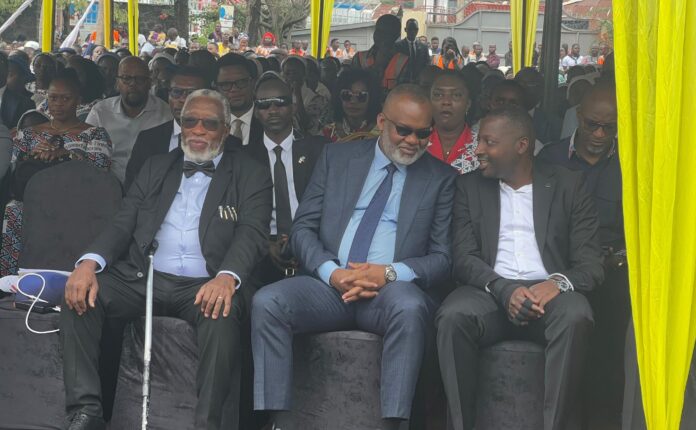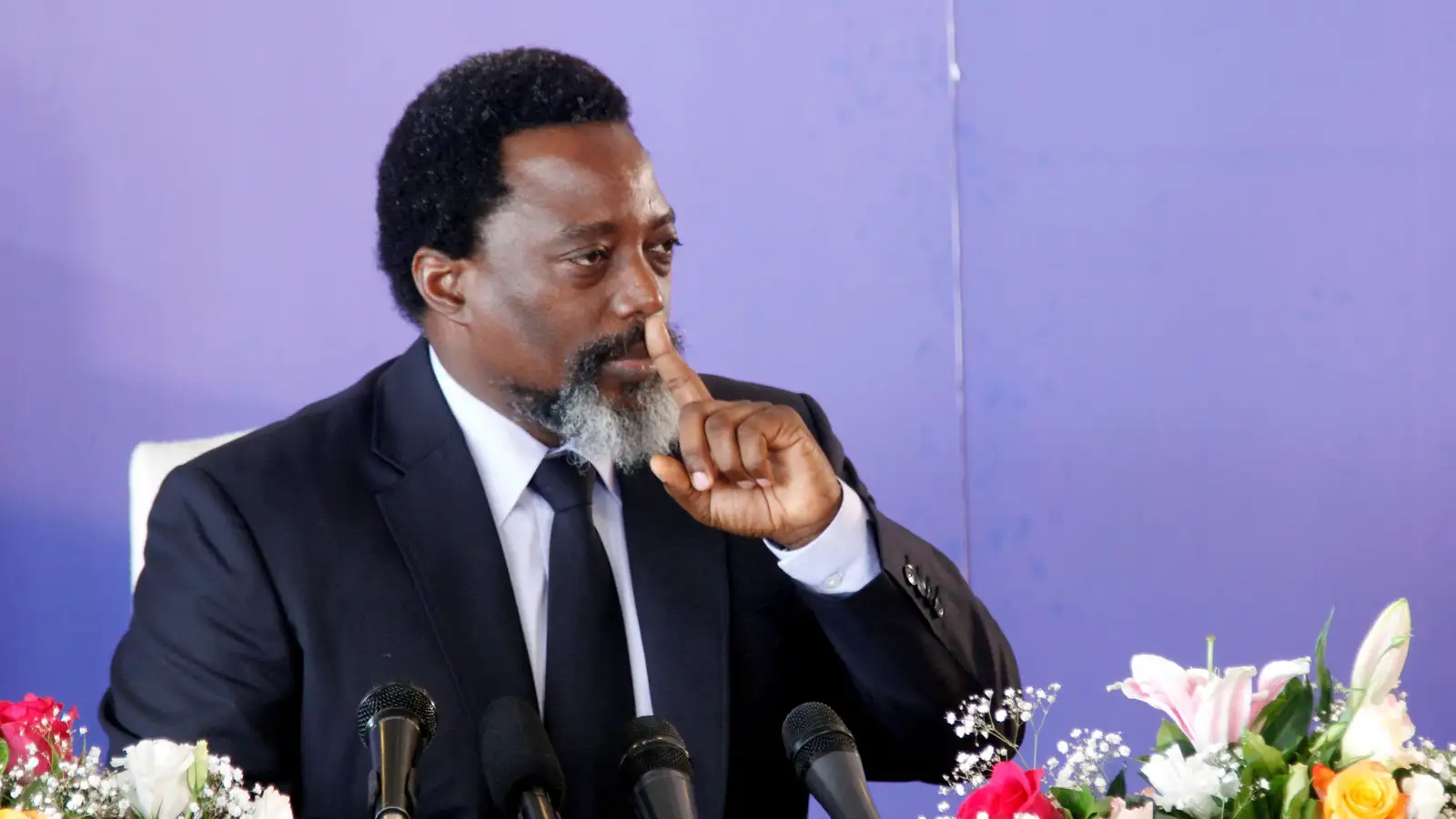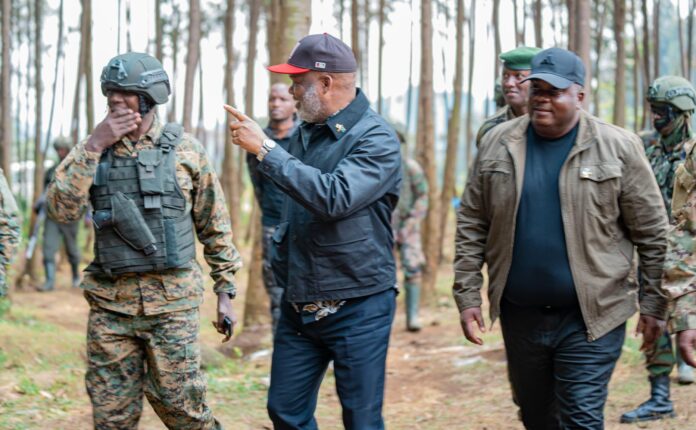- South Africa’s Military Engagement in the DRC Sparks Controversy and Internal Divisions
The recent controversy surrounding South Africa’s military deployment in the Democratic Republic of the Congo (DRC) has exposed deep divisions within Pretoria’s government.
Note: Company, Blog, Church websites are free.
During a heated parliamentary session, South African lawmakers expressed strong reservations about the government’s official narrative justifying the military intervention in the DRC. Through incisive inquiries and critical analyses, they challenged the clarity and coherence of the executive’s motivations, highlighting the urgent need for greater transparency.
This fervent debate underscored the underlying tensions within the legislative body and shed light on the strategic, political, and diplomatic complexities surrounding South Africa’s intervention. The intense parliamentary exchanges forced the Minister of Defense and the Chief of Staff into a defensive stance, revealing weaknesses in Pretoria’s diplomatic and military strategy in the Great Lakes region.
Official Ambiguities and Governmental Embarrassment
One of the most striking moments of this heated parliamentary exchange was the barely concealed demand for clarity directed at the Minister of Defense and the Chief of Staff. Lawmakers insisted on an unequivocal explanation of the true motives behind South Africa’s military involvement and potential conflicts of interest linked to the presidency.
Faced with the demand for full transparency, these top officials appeared caught off guard, struggling to provide clear answers. Their statements were riddled with inconsistencies, and at one point, they even contradicted earlier remarks made by President Cyril Ramaphosa.
This apparent dissonance at the highest level of the state only intensified suspicions regarding the legitimacy and rationale behind South Africa’s military deployment in the DRC. The debate exposed a glaring lack of coordination within the executive branch, further fueling concerns over Pretoria’s decision-making process.
The absence of a unified strategy heightened tensions among government representatives, who appeared increasingly cornered by the parliamentarians’ sharp criticism and growing indignation.
Revelations About the Conflict in Goma and Its Geopolitical Implications
Beyond the debate over the mandate of South African troops in the DRC, the parliamentary session also provided crucial insights into the evolving military situation in Goma. It was confirmed that the Congolese Armed Forces (FARDC), supported by their allies, had launched artillery fire from Goma’s airport—just a few kilometers from Rubavu, Rwanda—into Rwandan territory.
This revelation is of major significance, as it underscores the escalating hostilities and highlights the complex diplomatic entanglements facing regional and international stakeholders.
The White Flag Incident and Military Coordination on the Ground
A particularly notable development was the incident involving the raising of a white flag during military engagements. According to recent reports, FARDC and its allies fired rockets into Rwanda, prompting immediate retaliation from the Rwanda Defense Force (RDF).
Amid this volatile situation, the South African National Defence Force (SANDF) stepped in to establish communication with the M23/AFC forces. The latter requested SANDF to clearly disclose its position to prevent any accidental strikes. Once SANDF complied, hostilities ceased, demonstrating a level of tactical coordination aimed at avoiding unintended escalations.
A Blurred Intervention with Uncertain Consequences
The ongoing controversy, which highlights stark discrepancies between official presidential statements and revelations from parliament, underscores the complexity and contradictions surrounding South Africa’s military involvement in the DRC.
With official justifications appearing increasingly fragile and operational realities growing ever more apparent, Pretoria seems to be entangled in a precarious web of strategic imperatives and diplomatic constraints. These contradictions go beyond mere differences in interpretation—they expose the vulnerabilities of a decision whose domestic and international ramifications could propel South Africa into unforeseen geopolitical turmoil.
The Goma episode, far from being an isolated incident, reveals the deep-rooted conflicts shaping the region and presents unprecedented challenges that the international community must address with clarity and pragmatism.



